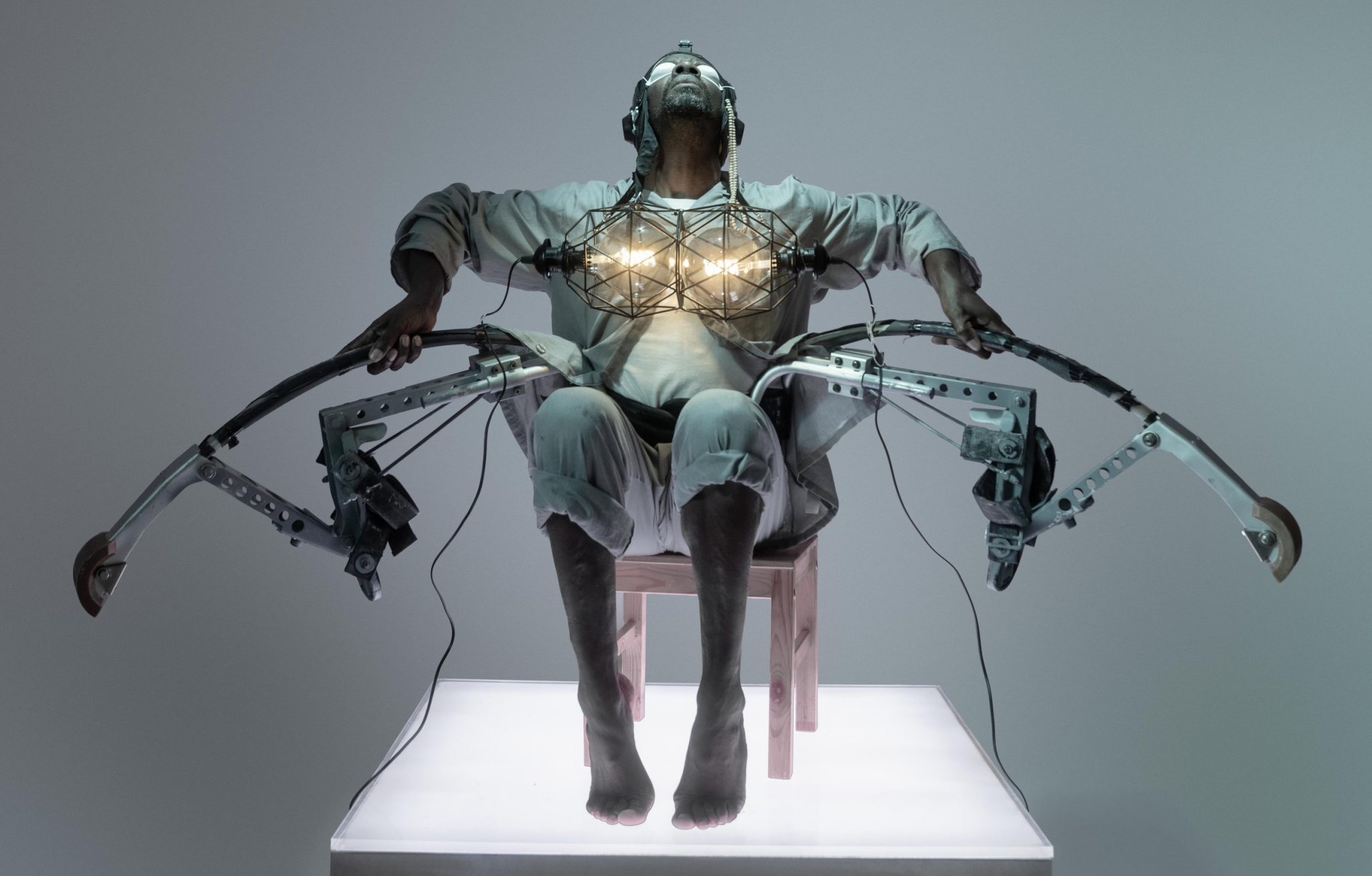From Phyllida Barlow’s final public art project to a survey of videogames, our editors on the exhibitions around the world to catch this month

SACO1.1 Golpe Contemporary Art Biennial
Various venues, Antofagasta, from 20 June
If there was an emblematic work for the latest edition of the Chilean biennial (which first took place in 2012), it’s likely to be Peruvian artist and architect Milagros Bedoya’s run of white flags installed on the front of Antofagasta’s port. Each banner will document every coup attempt in South America and the Caribbean from the nineteenth century onwards. The exhibition takes the title Golpe (Coup), and the curators have brought together 72 artists from 25 countries, with special attention paid to the shared turbulent histories, and the links forged in turmoil, between South America and East Europe. At a former secret prison, historically notorious for its scenes of torture, Brazilian curator Marcio Harum looks at the mail art networks established between the geographies; while Slovakian artist Stefan Papčo’s installation maps the shifting political landscape of the Tatra Mountains, and Polish duo Anna Krukowska & Tomasz Dobiszewski’s collaboration looks at the stone as ‘a symbol of resistance against the authority or tradition’. Oliver Basciano
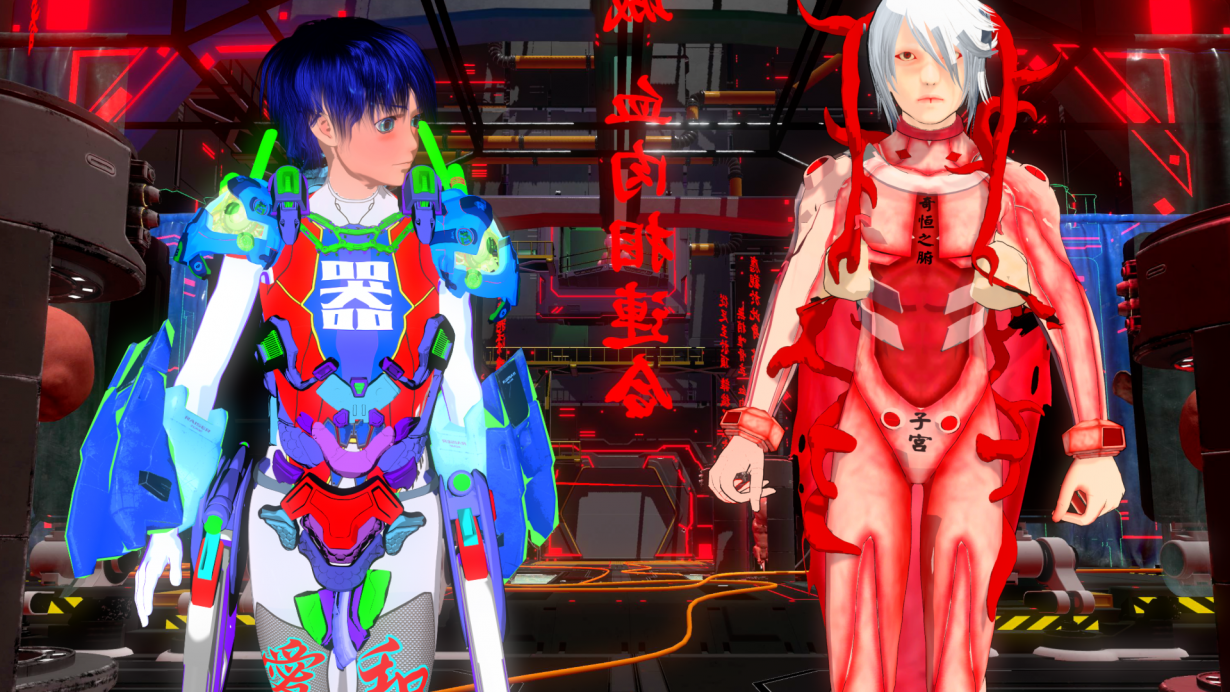
Game Society
Museum of Modern and Contemporary Art, Seoul, through 10 September
We are often partial to deluding ourselves that real life might contain some hidden fantastical element; for some, videogames provide that escape route (though perversely, it can sometimes seem as though real life is made up of the same rules and parameters as a videogame, when one day you find yourself unable to figure out how to get to the next level and instead repeatedly run into the invisible perimeters of a hellscape because there has to be a way out…), and Game Society taps right into that. The sprawling group exhibition considers how videogame aesthetics and language have impacted life, as well as art and visual culture. You’ll be able to dive into dozens of videogames and artworks that have been influenced by videogames, including nine games produced by Korean developers and a bunch of stuff from the collections of New York’s Museum of Modern Art and Washington, DC’s Smithsonian. At Game Society you’ll find classic games like Pac-Man (1980) chomping alongside Cory Arcangel’s /roʊˈdeɪoʊ/ Let’s Play: HOLLYWOOD 2021-06-08T22:58:00+2:00 11082 (2021), and SimCity 2000 (1993) installing pools next to Lawrence Lek’s Nøtel (Seoul Edition) (2023). Hope they’ve got enough screens. Fi Churchman

Phyllida Barlow: PRANK
City Hall Park, New York, 6 June – 26 November
A giant rabbit appears to be loose in the centre of New York City this summer. A new series of seven steel and fibreglass sculptures have been installed in City Hall Park, complete with comic bunny ears. This is the final public art commission of Phyllida Barlow, which the British artist was working on until her untimely death this March. Now it has come to life surrounded by the comings and goings of city life, an incongruous troupe of bunnies that, with their careful imperfections and lumpen forms, look as if they could have been moulded by hand from clay. They balance mischievously atop an array of precariously arranged structures, as if ascending a flight of stairs to nowhere clinging to the roof of a folly. Exuberantly absurd and defiantly silly, they also reveal a vulnerability and deeply human sense of humour that feel particularly poignant in the wake of Barlow’s passing. Louise Benson
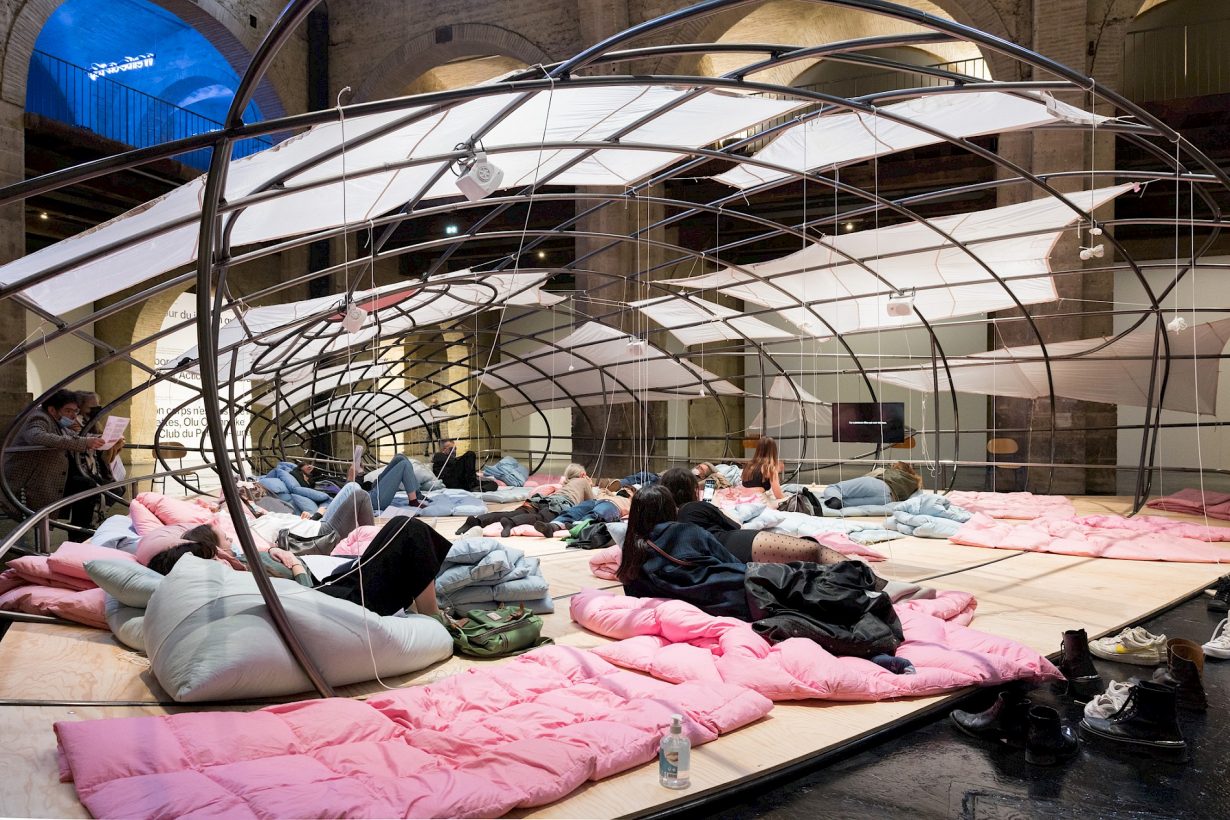
Eva Koťátková: How many giraffes are there in the air we breathe?Nottingham Contemporary, through 3 September
The curious, frankly bizarre, title of this exhibition derives from the tale of Lenka, the first giraffe to be held in Prague Zoo. Captured in 1954, the long-necked African hoofed mammal lived for two years in captivity before living no more. The body was then moved to the city’s Natural History Museum so that Lenka could remain on display forever (or at least until 2005). After all, you’ve got to exploit those who are beneath you in order to maintain the natural hierarchies in the natural kingdom. Rumour has it, however, that Lenka, however, got her revenge (assisted by incompetent taxidermists), however, when she caused the closure of Prague’s main square following the release of toxic gasses from her supposedly empty and preserved corpse. Working with local school children, Czech artist Koťátková (who often produces subversive pedagogical structures and programming) has transformed all that into an audio play and puppet theatre, in which, no doubt, the connections between a zoo, an art gallery and tales of repression will become obvious. You have to be there to find out what any of that really means. Nirmala Devi
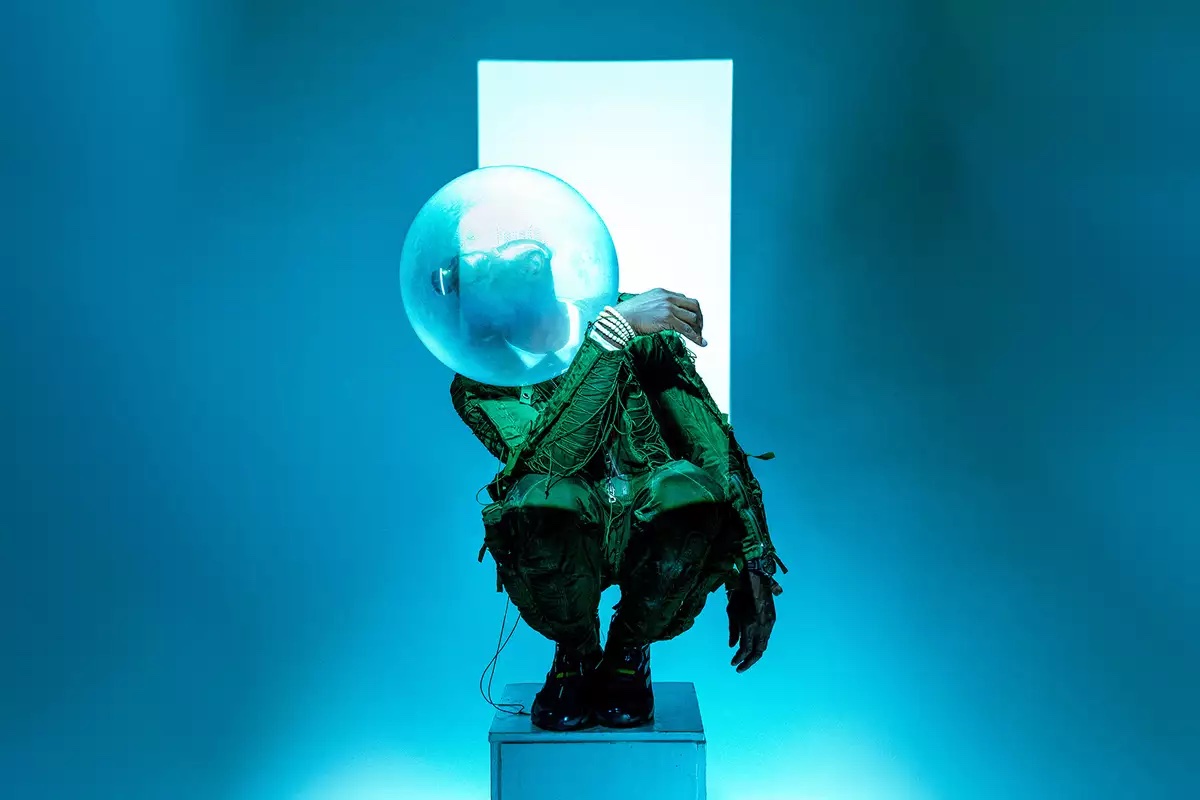
Manchester International Festival 2023
Various venues, 29 June – 16 July
The biennial Manchester International Festival (MIF) has been genre-crossing art and pop culture since its first edition in 2007 where, just for example, britpop luminaries Damon Albarn and Jamie Hewlitt staged their adaptation of the sixteenth-century Chinese legend Journey to West, while Hans Ulrich Obrist and Phillipe Parreno curated artist buddies such as Carsten Höller, Liam Gillick and Olafur Elliason to make time-based works staged at Manchester’s Opera House – Matthew Barney’s headline slot involving a live bull. This year, though, MIF will be hosted (in large part) at its new home, the £211m, OMA-designed culture-plex Factory International, making a big splash on Manchester’s historically dynamic cultural scene. Audiences can expect a spot-heavy installation of inflatables by Yayoi Kusuma for those into ‘immersive’ art, a mixed reality concert devised by legendary musician Ryuichi Sakamoto (completed before his recent death), hybrid photography-choreography in the form of Benji Reid’s Afro-futurist performance Hide Your Eyes, and the merged contemporary classical, techno, house and electro of Manchester DJ AFRODEUTSCHE. And for those who can only cope with one genre at once, synth-pop legend Alison Goldfrapp returns with an (already sold out) solo project. J.J. Charlesworth
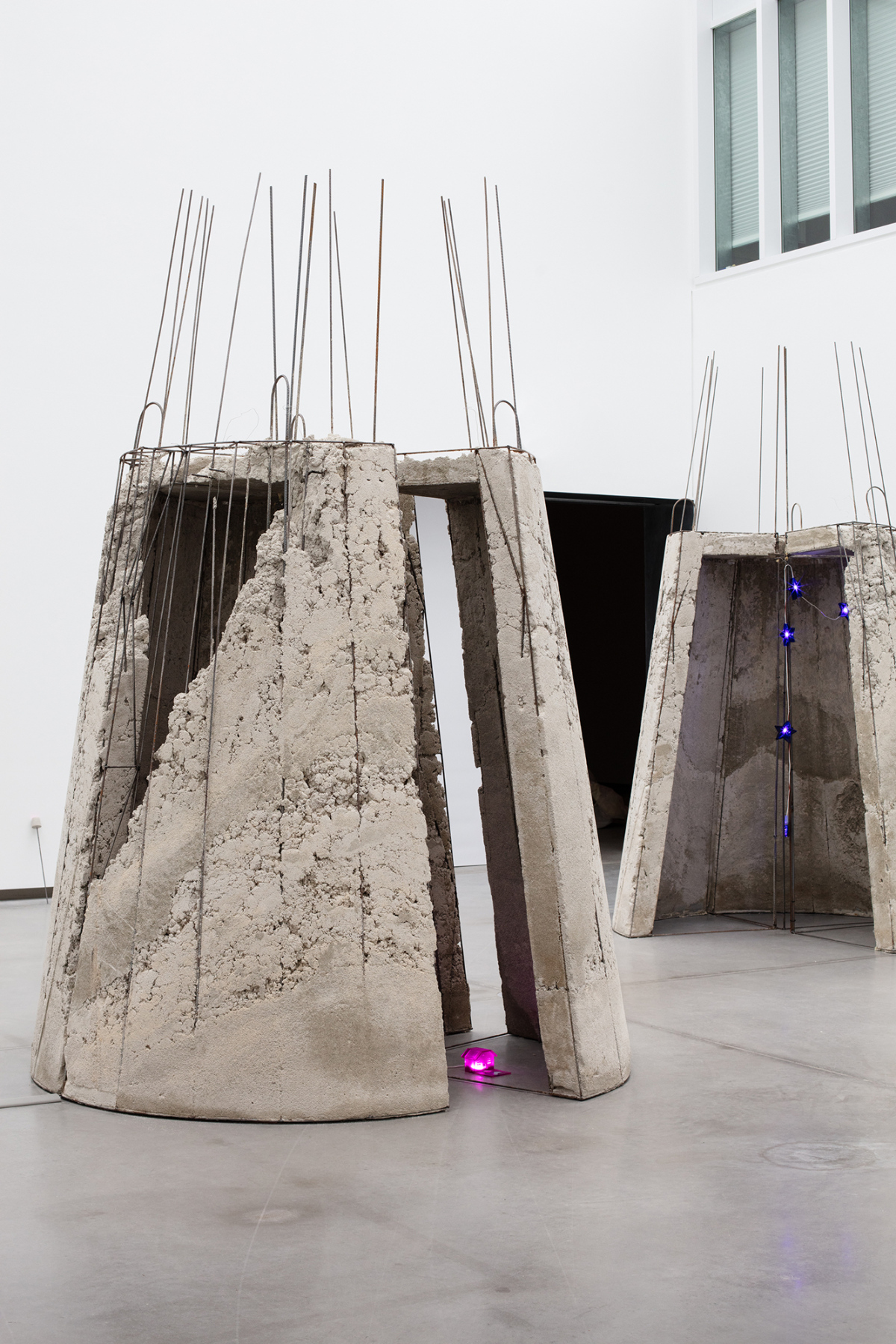
Intermezzo
Kunsthal 44Møen, Askeby, Denmark, 17 June – 10 September
In April of last year, the organisers of the Riga International Biennial of Contemporary Art (RIBOCA) postponed their third edition – originally scheduled to open on 15 July 2022 – citing Russia’s invasion of Ukraine and the resulting instability in the Baltic region. So instead to Møn, a UNESCO reserve just off the coast of southeastern Denmark, where curator René Block (also attached to RIBOCA2023) brings together thirteen artists at Kunsthal 44Møen – including Evita Vasiļjeva’s speculative futures in sculpture, Dace Džeriņa’s spectral films bridging fantasy and domesticity (both will adapt works originally created for the 2022 Biennial, Exercises in Respect), and Boris Mikhailov’s diaristic photography of the Soviet Union’s dissolution. ‘What kind of platform for expression and exchange do artists, curators, and our society need?’, Block asked at the outbreak of war. Equally, what might we make of these artworks phenomenologically, many translated from Latvia’s capital to these bucolic shores, responding to war and reclining at a safe distance from it? Alexander Leissle
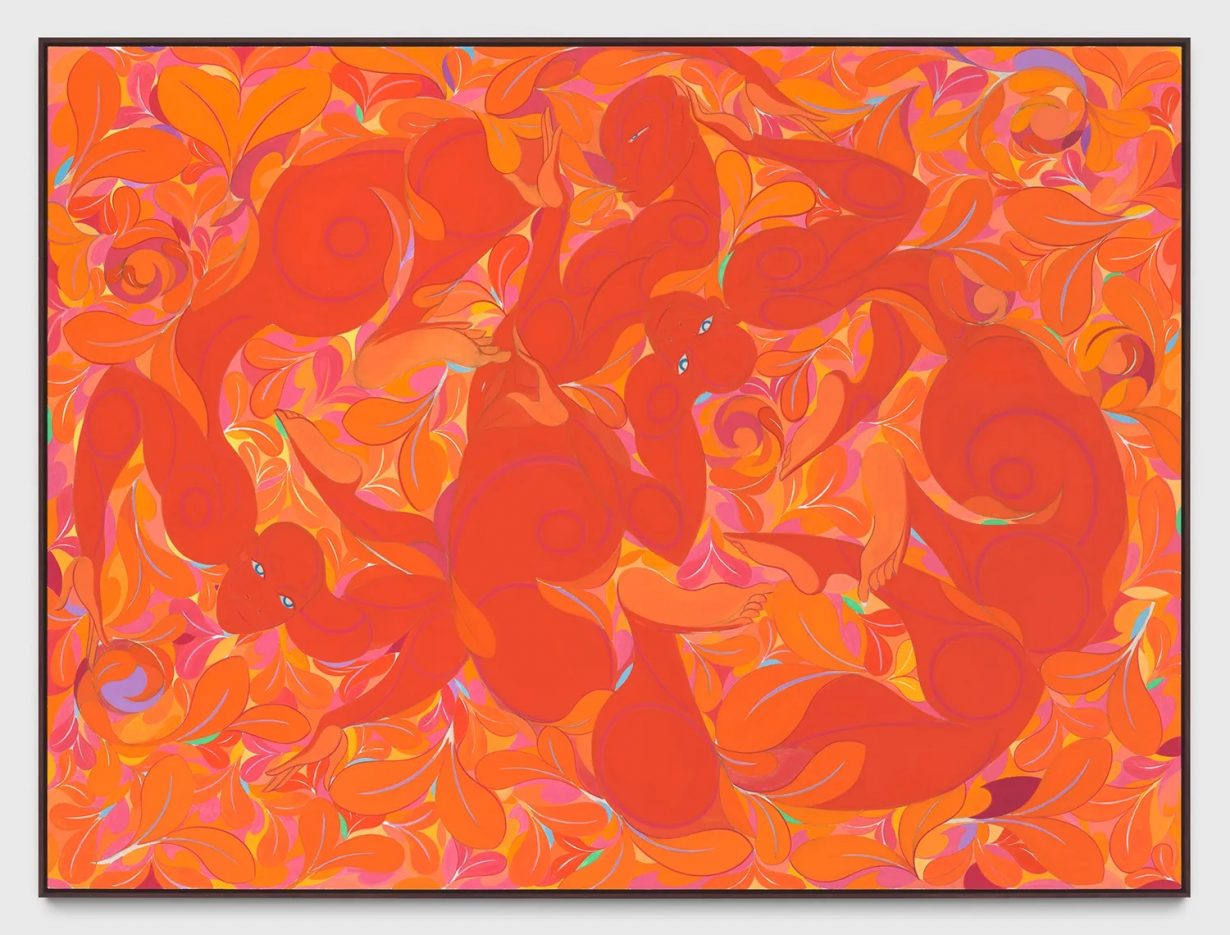
Public Private
Pond Society, Shanghai, Part I: 10 June – 20 July; Part II: 29 July – 7 September
Curated by Jareh Das, an independent writer, critic and curator who ‘moves between West Africa and the UK’, the two-part Public Private features twelve contemporary painters whose work focuses on the liminal space between public and private; or put more intimately, the inner self and outer projections. The artists on show represent a spread of geographies and approaches, and include Tunji Adeniyi-Jones, Hayley Barker, Dominic Chambers, Hyegyeong Choi, Anthony Cudahy, Ulala Imai, Sarah Lee, Jonny Negron, GaHee Park, Sarah Slappey, Caroline Walker and Michaela Yearwood-Dan. The cumulative result aims at being a microsurvey of contemporary painting today, with a focus on how these artists deconstruct the imagery of the past in order to construct a language for the present. Why? As Yearwood-Dan put it in a recent interview for the Talk Art podcast, the existing artworld, with its received wisdoms and conditioned behaviours, is designed sometimes to make ‘you feel you can’t be authentically yourself within the art you make’. Das puts forward a set of artists who explore just how far that ‘within’ can go. Nirmala Devi

Hervé Guibert, This and More
KW Institute for Contemporary Art, Berlin, 10 June – 20 August
When is a bedroom more than just a space of rest? When is it a place of dreaming, imagination, lovers, and a refuge from the world outside? Hervé Guibert, the writer, artist and activist who wrote extensively on the ravaging effects of AIDS, used photography as a tool to explore not just the subjects in front of his lens but those that sit just outside the frame, hinted at yet beyond view. A new exhibition of his poignant photographs of interiors and empty rooms opens this month at KW Institute, organised in collaboration with the CCA Wattis Institute for Contemporary Arts, San Francisco. Best known for his portraits, Guibert also photographed the private domestic spaces that he encountered in moments of intimacy and friendship. These images of unpeopled spaces paint an intense portrait of those who loom large in their conspicuous absence; whether they have just slipped out for a moment or are no longer alive is left ambiguous, revealing the fine line between life and death amidst an epidemic. Louise Benson
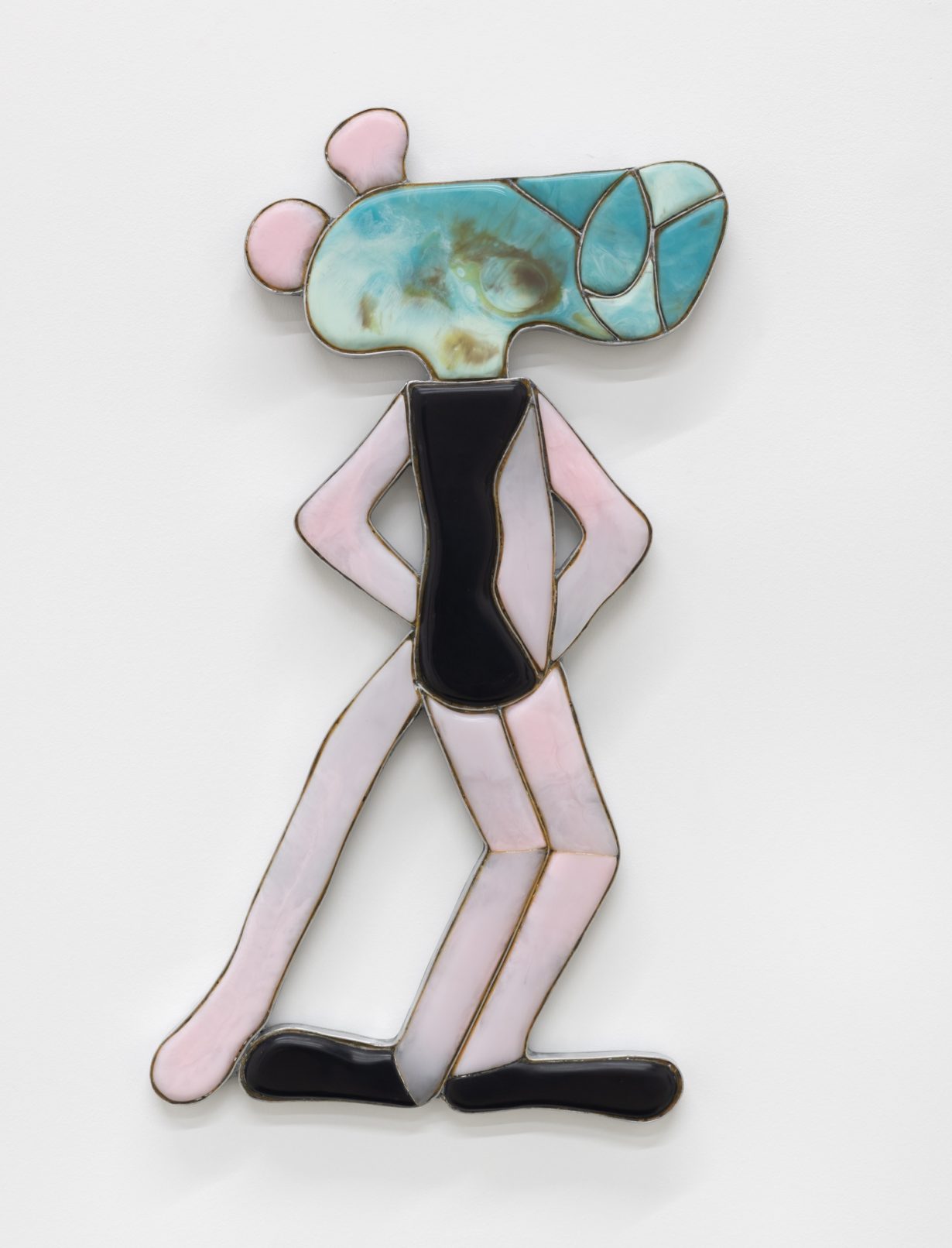
Indian Theater: Native Performance, Art, and Self-determination Since 1969
Hessel Museum of Art, Annandale-on-Hudson, 24 June–26 November
Featuring more than 100 artworks and archival documents, the Hessel Museum’s summer show seeks to centre performance and theatre as central to the development of Native American, First Nations, Inuit and Alaska Native contemporary art and their respective self-determination movements. Along the way it explores connections to the feminist movement of the 1970s and radical politics in art more generally. The exhibition features new commissions by Jeffrey Gibson and Rebecca Belmore, whose largescale work Familia, made of worker’s overalls and articulating the problematic aspects of the US flag, adorns the museum’s façade. Look out also for performances by Nicholas Galanin, Eric Paul Riege, Ya Tseen and Emily Johnson/Catalyst. The show, overall, spans a range of media, from sculpture and video to painting, drawing and beadwork and celebrates a collaboration, initiated in 2022, between CCS Bard and the nearby Forge Project, ‘a Native-led initiative centred on Indigenous art and decolonial education’, whose executive director, Candice Hopkins (also CCS Bard’s Fellow in Indigenous Art History and Curatorial Studies) is the exhibition’s curator. Expect issues of land rights, colonial oppression and appropriation and labour exploitation to be at the fore. Nirmala Devi
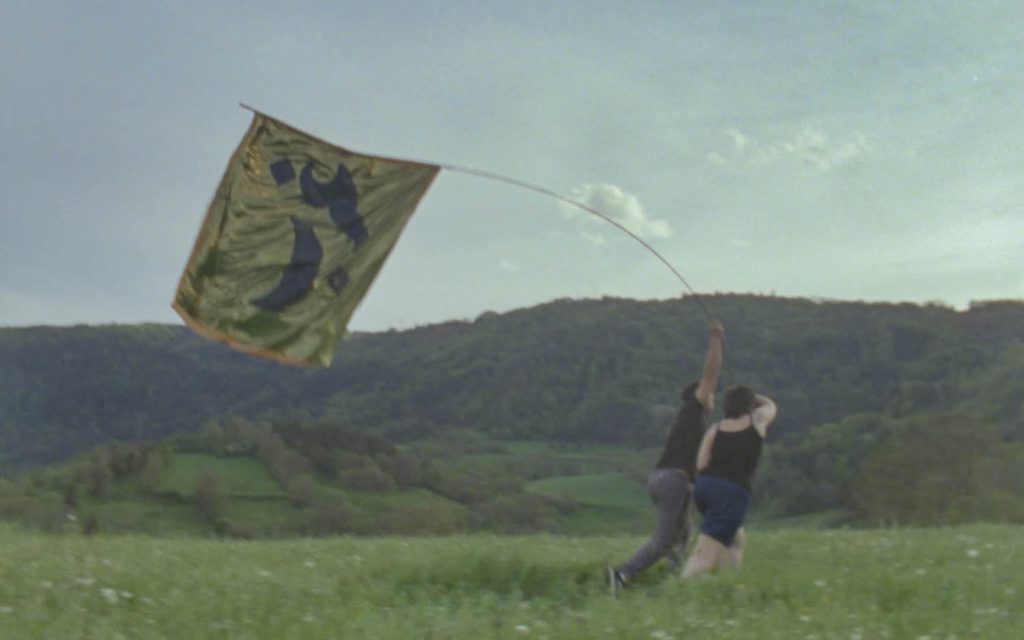
Gelare Khoshgozaran: To Be the Author of One’s Own Travels
Delfina Foundation, London, 23 June – 6 August
For almost four years, London’s Delfina Foundation has put its exhibitions on hold (though its residencies, public programming and fancy ‘Family Meals’ have continued). Gelare Khoshgozaran’s show marks the exhibition programme’s revival and Khoshgozaran’s return to this esteemed art (and culinary) exchange after her spring 2021 residency there. To Be the Author of One’s Own Travels is the artist and filmmaker’s first solo exhibition in Europe and premieres two films in the UK that address questions of diasporic nonbelonging and itinerance. One is an ode to Lebanese artist Etel Adnan’s migrant relationship to California. The other builds on Khoshgozaran’s 2022 essay, ‘The Too Many and No Homes of Exile’, entwining clips of an ‘exile retreat’ organised by the artist with dreamscapes and reenactments to thread together notions of exile and antifascism. Marv Recinto
